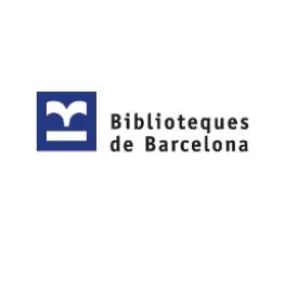
Discover ten little-known buildings in Dreta de l’Eixample this summer
A new route around the Dreta de l’Eixample neighbourhood allows people to discover ten outstanding buildings which are not the most famous in this area, which is home to some fine examples of modernista architecture in the city. The route is complemented with materials created by the Municipal Archive for the District of L’Eixample, aimed at the education community and the general public.

The route starts on the corner between the streets of Roger de Llúria and Consell de Cent and ends at the junction between València and Bailén, casting us back to a time when this part of L’Eixample was a place of residence for the most renowned figures in the bourgeois classes. This is reflected by the buildings constructed here by the major promotors of this period.
The ten buildings to be discovered on this walk are:
- Cases Cerdà, regarded as a cultural asset of national interest. These houses can be found on the corner between Roger de Llúria and Consell de Cent.
- Passatge de Permanyer
- Headquarters of the Noticiero Universal, at Carrer de Roger de Llúria, 35.
- Forn Sarret, at Carrer de Girona, 73.
- Casa Isabel Pomar, at Carrer de Girona, 86.
- Casa Manuel Llopis, at Carrer de Bailén, 113.
- Municipal Music Conservatory, at Carrer Bruc, 112.
- District Office for L’Eixample, at Carrer d’Aragó, 328.
- Mercat de la Concepció, at Carrer d’Aragó, 317.
A route for all ages
The route has been specially designed for primary and secondary school groups but is also directed at the general public and can be followed autonomously. The materials include an explanation of the route, worksheets for primary and secondary schoolchildren, guides for teaching staff and a map of the route with an explanation for each of the buildings.
All the materials are conceived for classroom work before the walk but also with the idea of students completing the worksheets while they make their way around the streets. To this end, QR codes have been included which allow participants to check all the information on the buildings and which are needed to complete the activities recommended for each level of education. While materials are designed for people to follow the route on their own, groups from schools or other places can also book organised tours.
This route around the Dreta de l’Eixample neighbourhood is just one of several routes recommended by the Barcelona Municipal Archive to get around and discover the history and most important architectural remnants of some of the city’s neighbourhoods.












